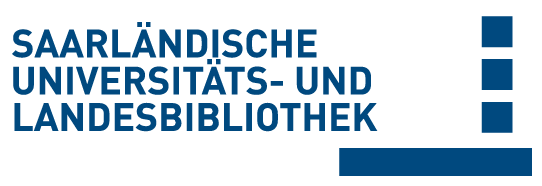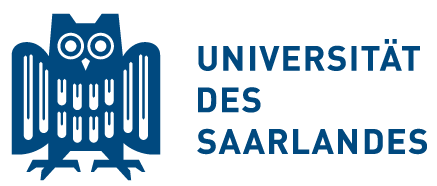Bitte benutzen Sie diese Referenz, um auf diese Ressource zu verweisen:
doi:10.22028/D291-39883 | Titel: | Expression of 3q oncogene SEC62 in atypical fibroxanthoma-immunohistochemical analysis of 41 cases and correlation with clinical, viral and histopathologic features |
| VerfasserIn: | Müller, Cornelia S L Kreie, Léa Bochen, Florian Pfuhl, Thorsten Smola, Sigrun Gräber, Stefan Vogt, Thomas Schick, Bernhard Linxweiler, Maximilian |
| Sprache: | Englisch |
| Titel: | Oncology letters |
| Bandnummer: | 17 (2019) |
| Heft: | 2 |
| Seiten: | 1768-1776 |
| Verlag/Plattform: | Spandidos Publications |
| Erscheinungsjahr: | 2018 |
| Freie Schlagwörter: | atypical fibroxanthoma SEC62 oncogenesis prognosis Merkel cell polyomavirus |
| DDC-Sachgruppe: | 610 Medizin, Gesundheit |
| Dokumenttyp: | Journalartikel / Zeitschriftenartikel |
| Abstract: | Atypical fibroxanthoma (AFX) is a rare mesenchymal tumor with predominance in older male patients located mainly in chronically UV-exposed skin. Differentiation from clinically more aggressive pleomorphic dermal sarcoma (PDS) is still under debate and immunohistochemical markers are not available yet. An immunohistochemical study, including 41 cases of AFX was conducted to investigate the expression of 3q encoded oncogene SEC62 in AFX and determine the associations with histomorphologic, clinical and viral parameters. Our cohort displayed a mean of 79.9 years at the onset of the disease. In total, 90.2% (37/41) AFXs were located in the head and neck area, whereas, four were located at the extremities (9.7%). Tumor diameter ranged between 0.06 and 40 cm2 with a mean of 5.7 cm2. SEC62 expression was markedly increased in lesional tissue compared with the adjacent healthy squamous epithelium. We found significantly higher expression of SEC62 in cases of AFX with tumor necrosis. Tendency of higher Sec62-IRS-scores were found for tumors with higher Clark levels and a tumor size >5 cm2. Sec62 is involved in endoplasmic reticulum stress tolerance and cell migration, and has been identified as a novel prognostic marker for non-small cell lung cancer as well as head and neck squamous cell carcinoma. For the first time, to the best of our knowledge, we suggest a role of 3q oncogene SEC62 in AFX and discuss a potential prognostic relevance in cases of disputable AFX with unfavorable histomorphologic features and may initiate a discussion on Sec62 serving as discriminating marker between AFX and PDS. |
| DOI der Erstveröffentlichung: | 10.3892/ol.2018.9767 |
| URL der Erstveröffentlichung: | https://www.spandidos-publications.com/10.3892/ol.2018.9767 |
| Link zu diesem Datensatz: | urn:nbn:de:bsz:291--ds-398832 hdl:20.500.11880/35897 http://dx.doi.org/10.22028/D291-39883 |
| ISSN: | 1792-1074 |
| Datum des Eintrags: | 26-Mai-2023 |
| Fakultät: | M - Medizinische Fakultät |
| Fachrichtung: | M - Hals-Nasen-Ohrenheilkunde M - Medizinische Biochemie und Molekularbiologie |
| Professur: | M - Prof. Dr. Bernhard Schick M - Keiner Professur zugeordnet |
| Sammlung: | SciDok - Der Wissenschaftsserver der Universität des Saarlandes |
Dateien zu diesem Datensatz:
| Datei | Beschreibung | Größe | Format | |
|---|---|---|---|---|
| ol_17_2_1768_PDF.pdf | 1,37 MB | Adobe PDF | Öffnen/Anzeigen |
Diese Ressource wurde unter folgender Copyright-Bestimmung veröffentlicht: Lizenz von Creative Commons


